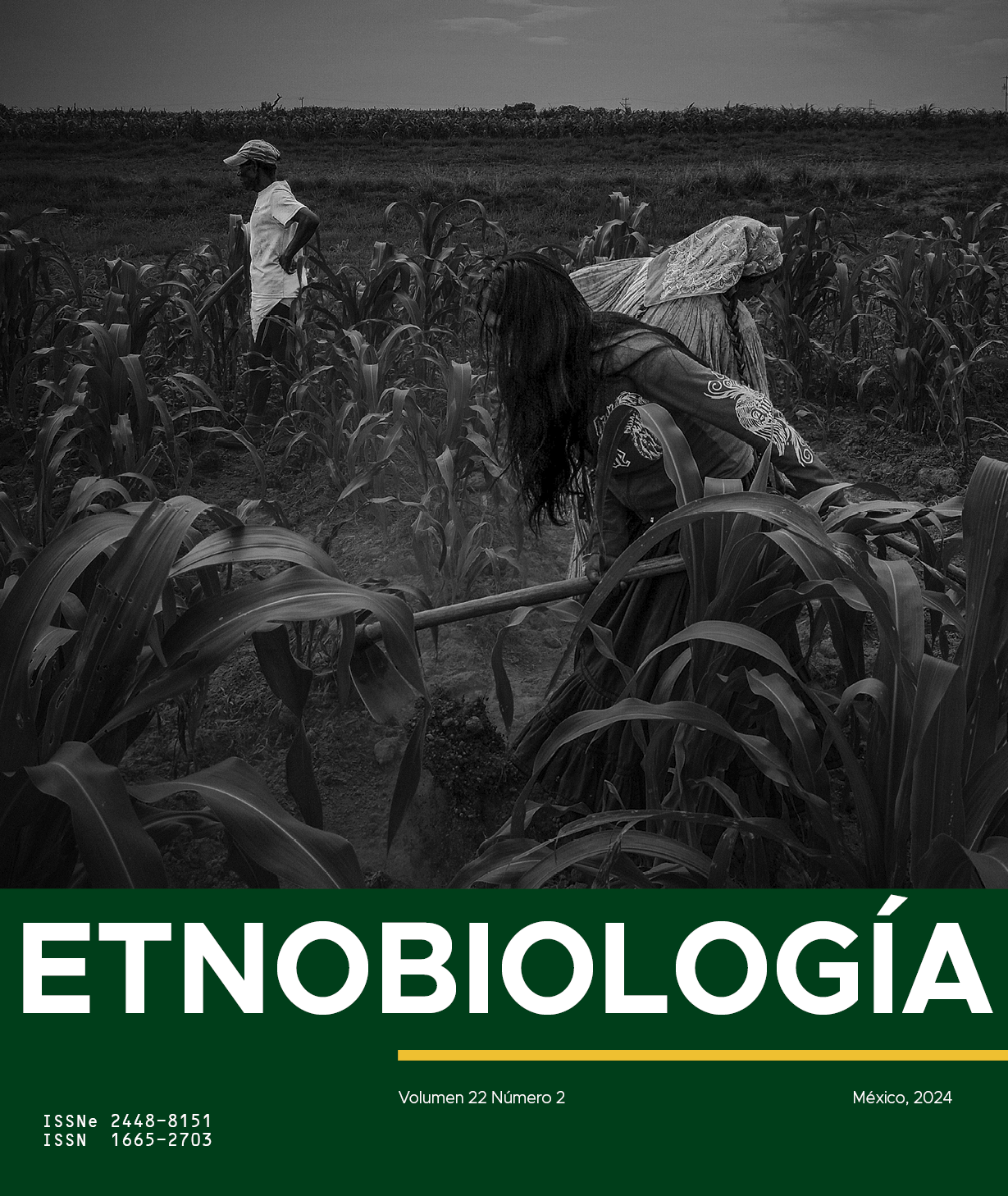CHARACTERIZATION OF QUINCE (Cydonia oblonga Miller) AGROECOSYSTEMS IN MAGDALENA-ÍMURIS, SONORA REGION
Abstract
In northwestern Mexico, the agricultural sector is related to a logic of intensive vegetable production aligned with agri-food globalization processes. However, despite of decades-long implementation of public policies and private investment aimed at promoting such productive specialization, there are regions such as Magdalena-Imuris, Sonora where fruit trees cultivation for local consumption is preserved through the transmission of intergenerational know-how. It is a historical process of cultural hybridization, socio-ecological adaptation and adoption of plant species introduced from Europe. This may have influenced the lack of studies on these agroecosystems and their understanding as spaces of conservation and resistance, as well as reservoirs of biodiversity. The objective of this study was to characterize historically, agroecologically, and bioculturally the quince agroecosystems of Magdalena-Imuris, Sonora. Through a mixed research approach, a documentary search and biocultural transects were carried out, productive spaces were georeferenced and semi-structured interviews were conducted. A total of 95 conservation refuges for quince (Cydonia oblonga Miller) were identified: 12 commercial orchards composed of 100-3,400 quince trees; and 83 backyard orchards out of which 1-40 coexist with a diversity of fruit trees and other 90 plant species. These agroecosystems have biological, social, and cultural importance and preserve a centuries-old tradition of fruit production and processing into artisanal preserves have allowed the positioning of quince as a regional emblem. The above acknowledges Magdalena-Imuris, Sonora, as in situ conservation refuge, biocultural resistance and a genetic reservoir, which allow the assessment of fruit tree cultivation as a regional and national biocultural heritage.


